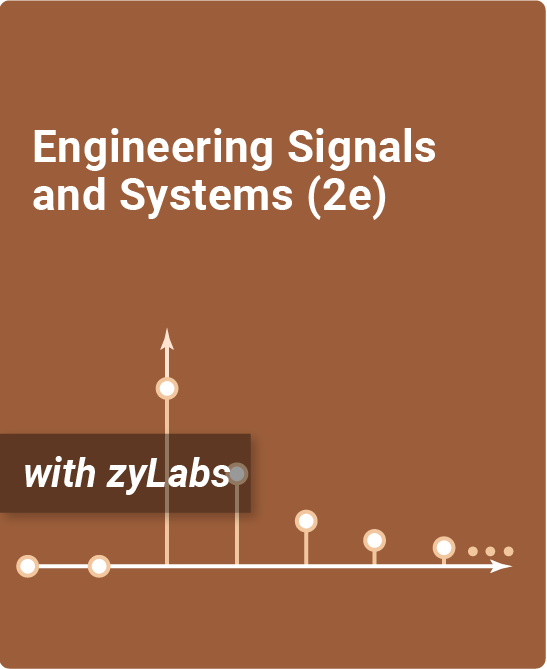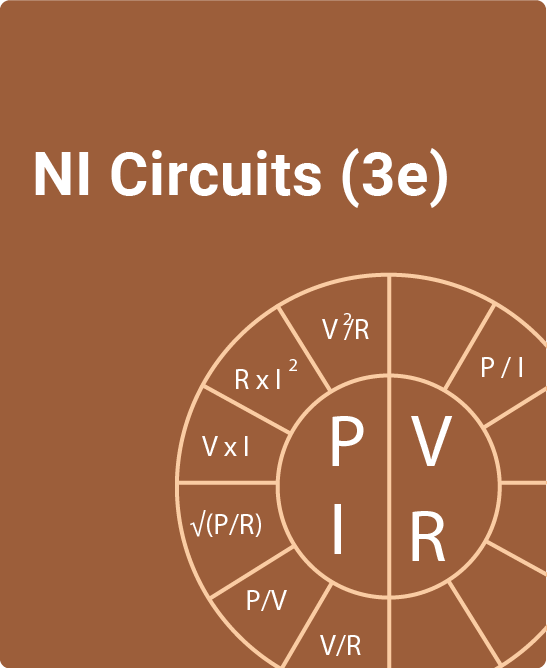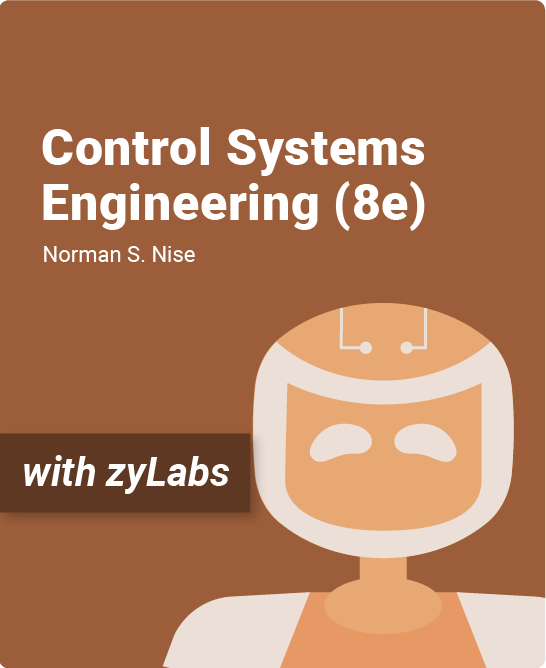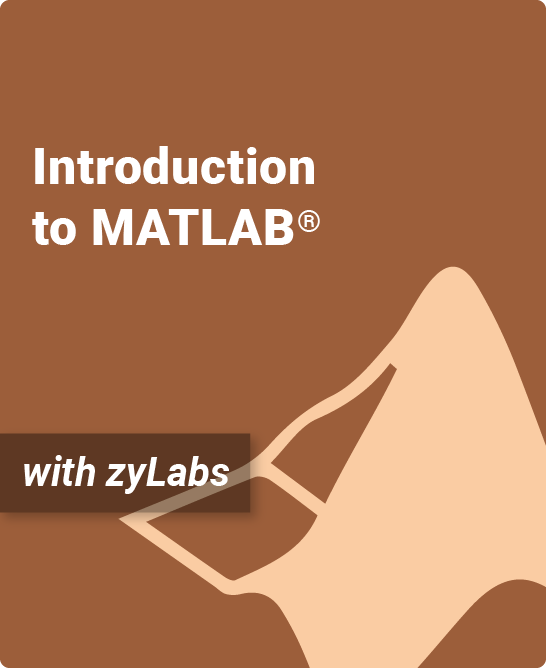Table of Contents
1. Signals
1.1 Types of signals
1.2 Signal transformations
1.3 Waveform properties
1.4 Nonperiodic waveforms
1.5 Signal power and energy
1.6 LAB: Getting started with MATLAB grader
1.7 LAB: Signals
2. Linear Time-Invariant Systems
.1 Linear time-invariant systems
2.2 Impulse response
2.3 Convolution
2.4 Graphical convolution
2.5 Convolution properties
2.6 Causality and BIBO stability
2.7 LTI sinusoidal response
2.8 Impulse response of second-order LCCDEs
2.9 Car suspension system
2.10 LAB: A second order circuit’s impulse and step response
3. Laplace Transform
3.1 Definition of the (unilateral) Laplace transform
3.2 Poles and zeros
3.3 Laplace transform properties
3.4 Laplace transform pairs”
3.5 Laplace circuit analysis examples
3.6 Inverse Laplace transforms and partial fraction expansion
3.7 Partial fraction expansion, repeated poles
3.8 Partial fraction expansion using MATLAB
3.9 Transfer function
3.10 Poles and system stability
3.11 Invertible systems
3.12 Bilateral transform for continuous-time sinusoidal signals
3.13 Interrelating different descriptions of LTI systems
3.14 LTI system response partitions
4. Applications of the Laplace Transform
4.1 s-domain circuit element models
4.2 s-domain circuit analysis
4.3 Electromechanical analogues
4.4 Biomechanical model of a person sitting in a moving chair
4.5 Op-amp circuits
4.6 Configurations of multiple systems
4.7 System synthesis
4.8 Basic control theory
4.9 Control system stability
4.10 Temperature control system
4.11 Amplifier gain-bandwidth product
4.12 Step response of a motor system
4.13 Control of a simple inverted pendulum on a cart
5. Fourier Analysis Techniques
5.1 Phasor-domain technique
5.2 Fourier series analysis technique
5.3 Fourier series representations
5.4 Sinusoidal Fourier series coefficients
5.5 Amplitude/phase Fourier series
5.6 Complex exponential Fourier series
5.7 Fourier series symmetry considerations
5.8 Circuit analysis with Fourier series
5.9 Parseval’s theorem for periodic waveforms
5.10 Fourier transform
5.11 Fourier transform properties
5.12 Fourier transform pairs
5.13 Parseval’s theorem for Fourier transforms
5.14 Additional attributes of the Fourier transform
5.15 Phasor vs. Laplace vs. Fourier
5.16 Circuit analysis with the Fourier transform
5.17 The importance of Fourier phase information
6. The Fourier transform and filters
6.1 Filtering a 2-D image
6.2 Filter types
6.3 Decibels
6.4 Introduction to Bode plots
6.5 Bode plots, continued
6.6 Bandpass filters
6.7 RLC highpass, lowpass, and band-reject filters
6.8 Filter order and 2nd order filters
6.9 Active filters
6.10 Cascaded active filters
6.11 Ideal brick-wall filters
6.12 Filter design by poles and zeros
6.13 Frequency rejection filters: sinusoidal interference
6.14 Comb filters
6.15 Spectra of musical notes
6.16 Butterworth filter pole placement and lowpass filter
6.17 Butterworth highpass and bandpass filters
6.18 Denoising a trumpet signal
6.19 Resonator filter
7. Modulation and sampling
7.1 Signal Bandwidth
7.2 Multiplication of signals and switching modulation
7.3 Double-sideband amplitude modulation (DSB-AM)
7.4 Mixing, frequency division multiplexing (FDM), and Single-sideband amplitude modulation (SSB-AM)
7.5 Sampling analog signals
7.6 Shannon’s sampling theorem
7.7 Aliasing
7.8 Sampling bandpass signals
8. Discrete-Time Signals and Systems
8.1 Discrete signal notation and properties
8.2 Discrete-time signal functions
8.3 Discrete-time LTI systems
8.4 Properties of discrete-time LTI systems
8.5 Discrete-time convolution
8.6 The z-transform
8.7 Properties of the z-transform
8.8 Inverse z-transform
8.9 Partial fractions method for inverse z-transforms
8.10 Solving difference equations with initial conditions
8.11 System transfer function H(z)
8.12 BIBO stability of H(z)
8.13 System frequency response
9. Discrete-Time Fourier analysis
9.1 Discrete-time Fourier series (DTFS)
9.2 Discrete-time Fourier transform (DTFT)
9.3 Discrete Fourier transform (DFT)
9.4 Windowing in DFT
9.5 DFT and convolution
9.6 Fast Fourier transform (FFT)
9.7 Cooley-Tukey FFT
10. Applications of Discrete-Time Signals and Systems
10.1 Discrete-time filters
10.2 Discrete-time filter types
10.3 Notch filters
10.4 Comb filters
10.5 Deconvolution
10.6 Dereverberation
10.7 Bilateral z-transforms
10.8 Inverse bilateral z-transforms
10.9 ROC, stability, and causality
10.10 Deconvolution and filtering using the DFT
10.11 Spectra of periodic signals
10.12 Spectral leakage
10.13 Computing spectra of nonperiodic signals
11. Discrete-Time Filter Design, Multirate, and Correlation
11.1 Data windows
11.2 Spectrograms
11.3 Finite impulse response (FIR) filters
11.4 FIR filter design methods
11.5 Infinite impulse response (IIR) filters
11.6 IIR Bilinear transformation design method
11.7 Multirate signal processing
11.8 Downsampling
11.9 Upsampling
11.10 Interpolation
11.11 Multirate signal processing examples
11.12 Oversampling by upsampling
11.13 Audio signal processing
11.14 Correlation and autocorrelation
11.15 Cross correlation
11.16 Biomedical applications
12. Image Processing, Wavelets, and Compressed Sensing
12.1 Image processing basics
12.2 Discrete-space Fourier transform
12.3 2-D DFT
12.4 Downsampling and upsampling of images
12.5 Image denoising
12.6 Edge detection
12.7 Canny edge detection
12.8 Image deconvolution
12.9 Overview of the discrete-time wavelet transform
12.10 Haar wavelet transform
12.11 Haar wavelet transform filter banks
12.12 The family of wavelet transforms
12.13 Non-Haar single-stage perfect reconstruction
12.14 Daubechies scaling and wavelet functions
12.15 Image analysis
12.16 Image synthesis and image compression”
12.17 Denoising by thresholding and shrinking
12.18 Compressed sensing
12.19 Computing solutions to underdetermined equations
12.20 Landweber algorithm
“12.21 Image inpainting and image reconstruction
12.22 Computed axial tomography (CAT) ”
13. Appendix
13.1 Appendix A: Symbols, quantities, and units
13.2 Appendix B: Review of complex numbers
13.3 Appendix C: Mathematical formulas
13.4 Appendix D: MATLAB
13.5 Appendix E: Using LabVIEW modules
Same Text, More Action
Engineering Signals and Systems (2e) is the complete zyBooks version of the Engineering Signals and Systems (2nd edition) textbook published by National Technology and Science Press that offers a highly-engaging interactive approach to learning circuit analysis and design.
- Over 130 dynamic animations provide insight into numerous topics
- Hundreds of learning questions help students understand topics through incremental steps keeping students engaged and providing thorough explanations of both right and wrong answers
- Over 100 auto-generated and auto-graded Challenge Activities (“homework problems”)
- Adopters have access to a test bank with questions for every chapter
- Approximately 100 new MATLAB® scripts that students can copy and use to experiment and explore
Now available – zyLabs with MATLAB® Grader™
Available for a modest extra cost, MATLAB® zyLabs is a program submission and auto-grading system. MATLAB® zyLabs is an implementation of MATLAB® Grader™ within the zyVersion through our partnership with MathWorks.
- Instructors can create labs and assessments using features built into MATLAB® zyLabs and write scripts for custom assessments – no software installation required
- MATLAB® zyLabs are fully integrated into the zyVersion and provide students access to MATLAB’s industry standard toolboxes
- Students can run MATLAB® commands directly in zyLabs, avoiding the complexity of using external tools
- Students receive immediate feedback on their submissions and can correct and resubmit their solutions, increasing student learning and motivation
New! Optional Challenge Activities
As an instructor, you now have the ability to mark Challenge Activities as optional, which means you can indicate which Challenge Activities your students need to complete in order to meet your course requirements. Those marked as optional won’t contribute to point totals in reports or assignments.
What is a zyVersion?
zyVersions are leading print titles converted and adapted to zyBooks’ interactive learning platform, allowing for a quick and easy transition to an engaging digital experience for instructors and students.
zyBooks’ web-native content helps students visualize concepts to learn faster and more effectively than with a traditional textbook.
This zyVersion of Engineering Signals and Systems (2e) benefits both students and instructors:
- Instructor benefits
- Customize your course by reorganizing existing content, or adding your own content
- Continuous publication model updates your course with the latest content and technologies
- Robust reporting gives you insight into students’ progress, reading and participation
- Student benefits
- Learning questions and other content serve as an interactive form of reading and provide instant feedback
- Concepts come to life through extensive animations embedded into the interactive content
- Save chapters as PDFs to reference material at any time,
even after the course has been completed
Contributors
Yasaman Adibi
Content Developer, zyBooks/ Ph.D. Electrical Engineering, University of Minnesota
Mark Atkins
Associate Professor of Electrical Engineering, Ivy Tech Community College
Nikitha Sambamurthy
Content Lead, zyBooks, Ph.D. Engineering Education, Purdue University
Mohsen Sarraf
Visiting Associate Professor of Electrical Engineering, University of New Haven




